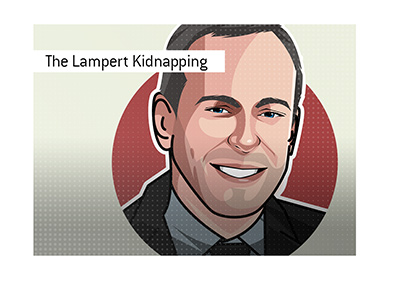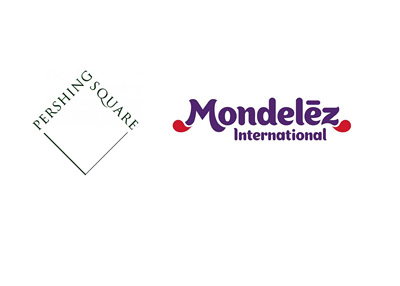Mark "Goldfinger" McGoldrick to Run His Own Hedge Fund
 Mark "Goldfinger" McGoldrick made headlines last year when he quit Goldman Sachs. The trader, it was reported, was unhappy with his $70 million dollar bonus and decided to leave the firm. The media seized on the story, pointing out that this was just another example of how greedy Wall Street was.
Mark "Goldfinger" McGoldrick made headlines last year when he quit Goldman Sachs. The trader, it was reported, was unhappy with his $70 million dollar bonus and decided to leave the firm. The media seized on the story, pointing out that this was just another example of how greedy Wall Street was. There is always more to the story - in this case, that certainly applies. McGoldrick was certainly unhappy with his payout - more on that in a second. However, there were a raft of other issues involved in his decision as well.
McGoldrick was the head of Goldman Sach's "special situations" group. This group started out investing primarily in Asia, but eventually expanded worldwide after encountering a great deal of success. This group would put their money to work in illiquid investments, hoping for a big payoff sometimes years down the road. For instance, they might buy a number of bankrupt Japanese golf courses and offload them down the road in a public offering, or they might buy a number of South Korean car loans at a fraction of their face value and work towards making sure that they are paid off. These are the types of investments that the "special situations" group would make.
This "group" became a major profit center for Goldman Sachs. According to published reports, the special situations group accounted for a full 20% of Goldman Sachs' total profits in 2006. The group generated a total of four billion dollars in total profits, and McGoldrick wanted to be properly compensated.
McGoldrick was envious of his peers who had left to start their own hedge funds. They were receiving a generous amount of compensation, and many were becoming billionaires almost overnight. McGoldrick felt like he was overworked and under-compensated, and find that it was time for a change.
He suggested to the executives at Goldman Sachs that his group should be compensated $1.2 billion dollars for the profits that they generated in 2006. McGoldrick figured that this number would be more in line with what a hedge fund would receive for a similar return.
McGoldrick was angered to learn that the bonus was for much less, and McGoldrick was ultimately paid out $70 million dollars for his performance in 2006 (after making $50 million the year before). He felt slighted. He was reportedly working 21 hour days to oversee the special situations group, and his health was rapidly failing. He was constantly sick and on the verge of a "burnout". His schedule was a rigorous one, as the nature of his job meant that he needed to be constantly traveling the world, looking for new investment opportunities.
Angered by the $70 million dollar "slight" and with his health failing, McGoldrick announced his intentions to leave the firm in early 2007. Goldman Sachs, wanting to prevent an exodus from the firm, kept the resignation to themselves, failing to mention it in any internal communications. When pressed about it, the firm now says that McGoldrick left for "personal reasons".
Many point out that McGoldrick made more than the CEO of Goldman Sachs in 2006. McGoldrick would point out that he generated an unbelievable amount of profit for the firm in 2006, and should be compensated for it.
This brings us to September of 2008. McGoldrick is apparently chomping at the bit, desperately wanting to get involved in the "special opportunities" investing market once again. He sees the recent worldwide economic and real estate market declines as terrific opportunities to invest, so he has turned to his old firm (Goldman Sachs) to help him raise five billion dollars for a new hedge fund.
Raising those funds shouldn't be a problem at all, especially given McGoldrick's sterling track record. He is still relatively young, and he seems to have found a balance in his life that allows him to preserve his health.
With his own hedge fund, McGoldrick will be able to generate the types of returns that he feels he is entitled to. Assuming that the fund will have a standard 2 and 20 fee structure, McGoldrick would receive 2% of the funds assets as a management fee, and 20% of the total profits. So, if the five billion dollar fund had a 10% return, McGoldrick's fund would stand to make one hundred million dollars just on management fees alone. Add in the 20% performance fee (this number would likely be higher, more like 30%), and McGoldrick would stand to rake it in.
This is a tough environment when it comes to raising funds for a brand new hedge fund, but McGoldrick's stellar track record will make it much easier to find the money. I don't expect that this fund will have trouble finding five billion dollars in start-up money at all.
Filed under: Hedge Fund News | Trader Profiles



